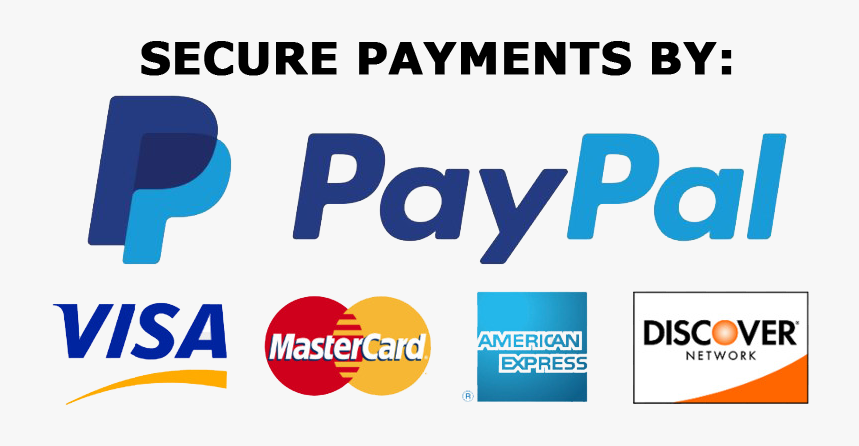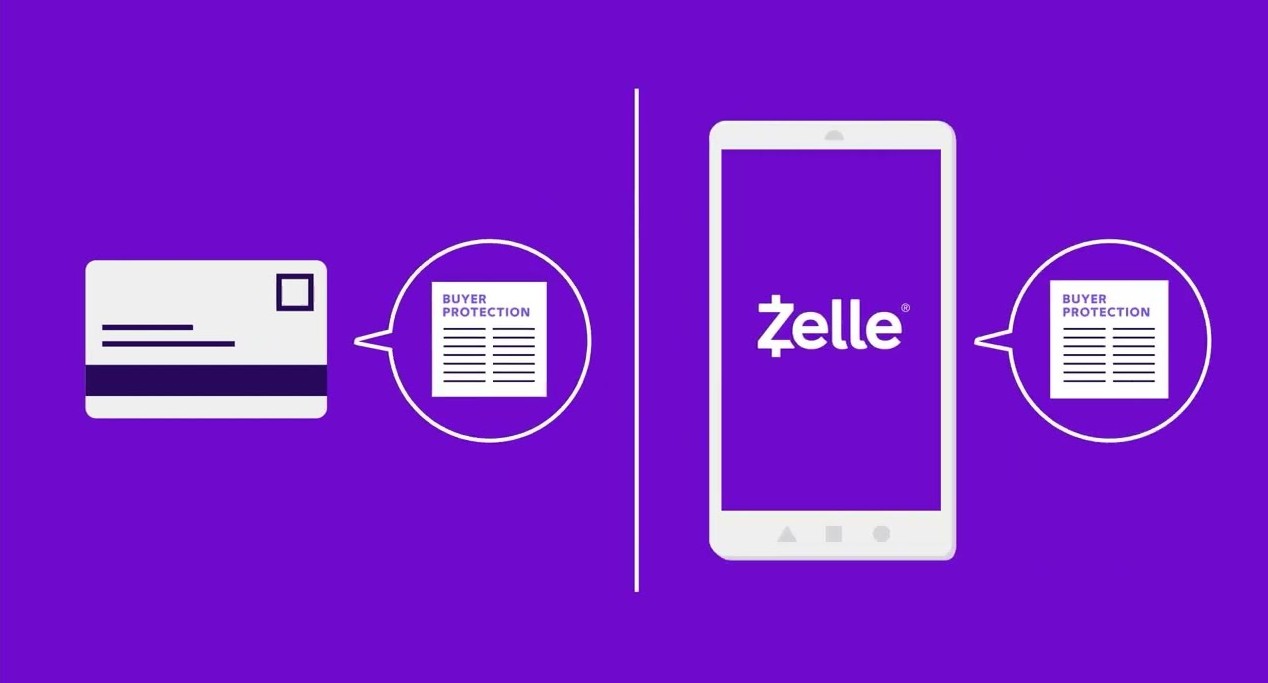The Editing
Process

So what does a freelance editor do?
What type of editing services do I need?
Authors typically go through multiple cycles of revision with their editor. We start with the big picture of message and organization (developmental editing); move on to examining each paragraph and sentence for clarity, flow, and style (line editing/heavy copyediting); and end with an "in the weeds" revision that looks for all manner of spelling, grammar, and punctuation errors (proofreading/light copyediting). Authors may work with different freelance editors for each of these revisions.
1. Developmental Editing Services
An author has an initial book manuscript and needs a professional editor to look at the big picture and highlight areas of strength and areas to consider revising.
With nonfiction, I examine the structure and look for areas to expand or tighten. I address passages that may be confusing and assess whether the author's message will be clear to their target audience.
With fiction, I explore whether any narrative threads are dropped and consider if the pacing of the plot is effective. I ask if the main characters have traveled a satisfying character arc and look for ways to coach the author in the use of craft skills like dialogue and active setting.
With fiction and nonfiction developmental edits, I write a detailed editorial letter with suggestions and ideas. I also leave comments in the manuscript to provide further insight to guide the author's revisions.
2. Line Editing / Heavy Copyediting Services
An author has a mature manuscript and needs an expert editor to work through the text line by line strengthening and tweaking each sentence to bring maximum clarity. In my line editing service, I spend time with each paragraph, each sentence, making sure it reads well and supports the author's message and purpose. A line edit fixes glaring errors in spelling or grammar, but the true focus of line editing is on the language and style. This is not a substitute for a final proofread.
I write a letter summarizing my suggestions, but the majority of my comments will be in the manuscript. Revisions are made directly to the text. I use Track Changes, so everything is waiting for the author's approval.
3. Proofreading / Light Copyediting Services
An author has a completed manuscript and needs an experienced editor to focus on finding small errors (spelling, grammar, etc.). This level of editing is ideal for an author who has previously worked with a freelance editor on their manuscript.
I make changes and write comments directly in the book manuscript. Some changes are tracked, some are not; this is informed by the author's preferences. The goal at the end of a proofread or a light copyedit is to have an error-free manuscript that is ready for formatting and publication.

Your First Step in Hiring Me as Your Freelance Editor
When you contact me, please tell me a bit about your project and your experience as a writer. Let me know what type of editing service you are interested in. Please include your manuscript or a meaningful sample. I honor your complete ownership of the material and never reprint a word of someone's writing without their written permission.
I will review your manuscript and reply with my suggested path forward and a price quote for my editing services. Usually, a few emails are exchanged and a phone conversation is helpful to finalize the details of the editing contract and clarify expectations.
Payment for Freelance Editing Work
I will draft the contract for us and email it to you as a proposal. I use PayPal to receive payments for my work as a freelance editor. You do not need to have a PayPal account to send a payment through PayPal. I can also receive payments through Zelle. This process provides a simple way for us to define the terms of the freelance work and to transfer payment.
Read more to learn about my freelance editing rates.


